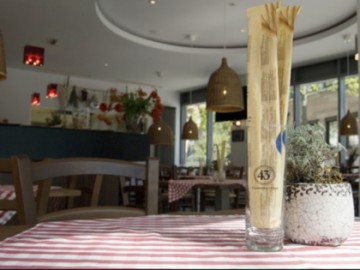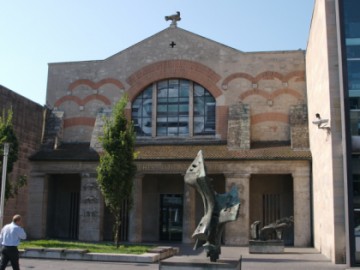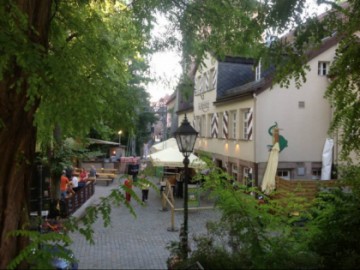Hangman’s Residence House - Monument to the Unusual Profession
It is paradoxical, yet a fact: one of the most picturesque places in Nuremberg has a grim name- Henkersteg (The Hangman’s Way). This is one of the bridges over the Pegnitz River, connected to the house where hangmen lived in Nuremberg in the XVI-XIX centuries. For obvious reasons, the representatives of this profession were not popular among the people and settled at a distance from other houses. Only relatives or friends of the sentenced sometimes came to the bridge hoping to ease the agony of criminals sentenced to execution with gifts and monetary offerings to the hangman.
Today, this house is a museum of the executioner (Henkerhaus). Franz Schmidt, who held the post from 1578 to 1617, is the central character of the exhibition. Being the son of an executioner, he began to learn the basics of the profession under the guidance of his father, then married to the daughter of the chief executioner of Nuremberg and later replaced his father. Unlike the majority of his colleagues, Master Francis, as Nuremberg residents called him, managed to earn the respect of his fellow citizens with his godliness and honesty. Perhaps, this was also due to the fact that Schmidt earned working as a physician in addition to the basic work. Throughout his career he kept a diary in which he methodically recorded the executions he carried out. This document enables getting an idea about the nuances of the medieval criminal law.
The basic meaning of the exhibition is not a demonstration of the gory details of medieval executions but the description of everyday life and the lives of the representatives of this harsh profession. The wonderful view of Nuremberg opening from the house is an added bonus.




































